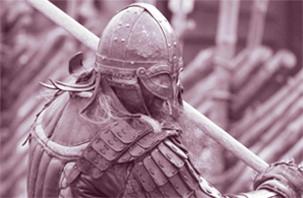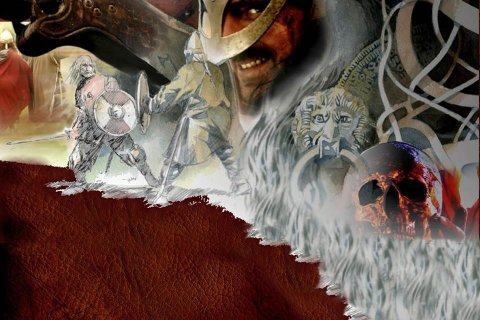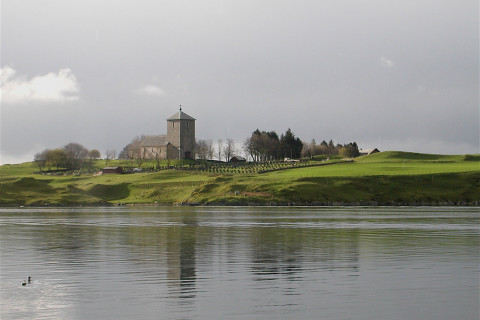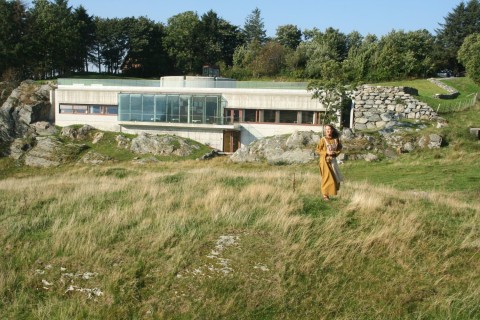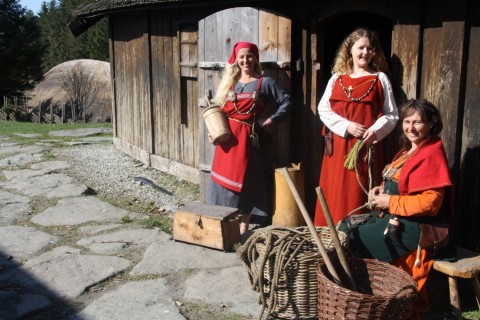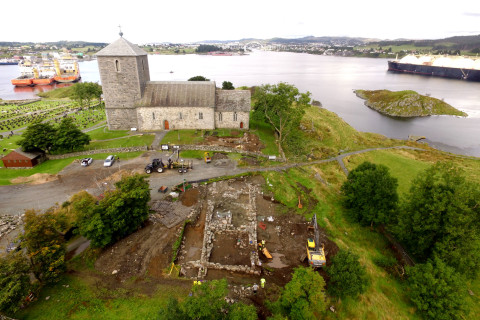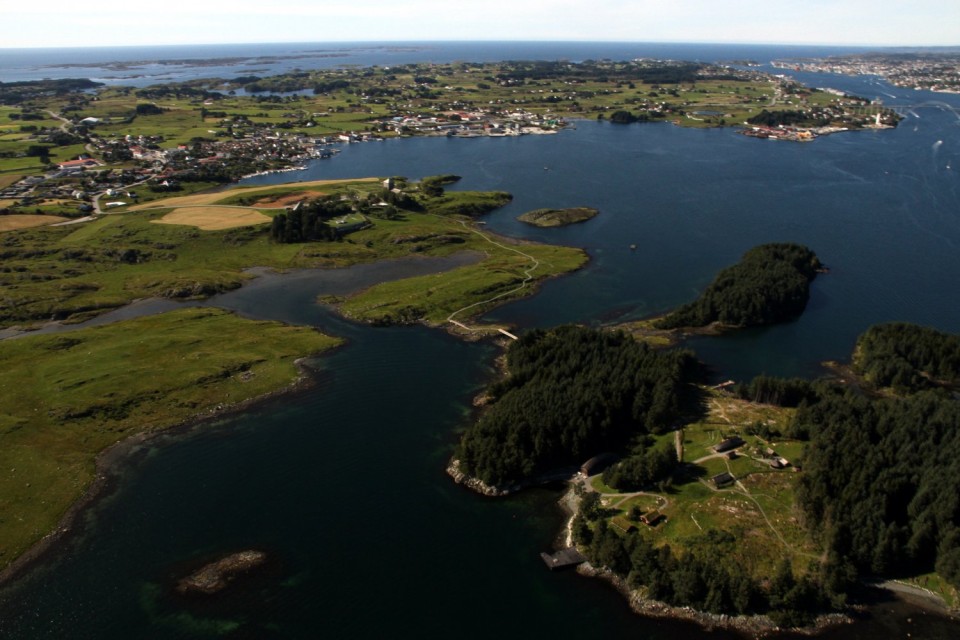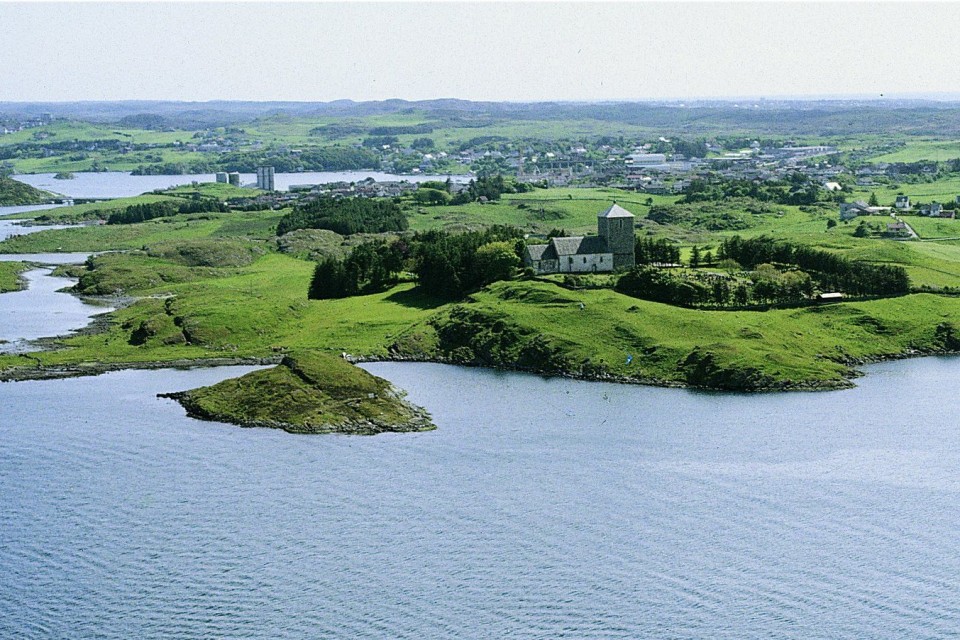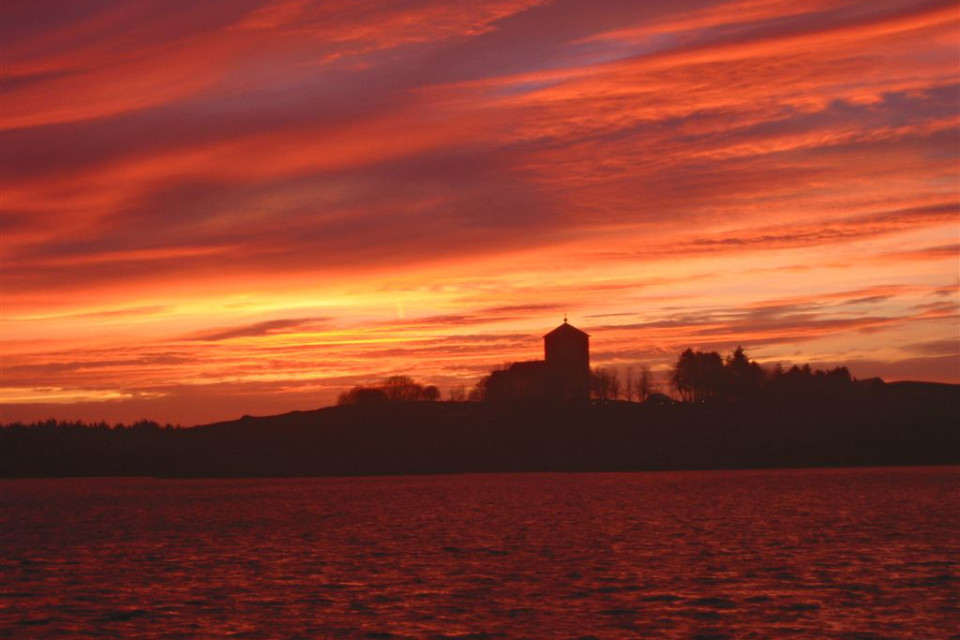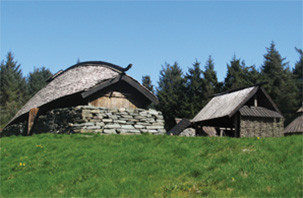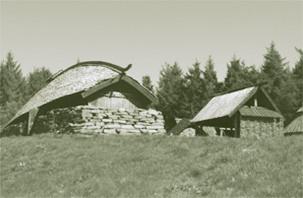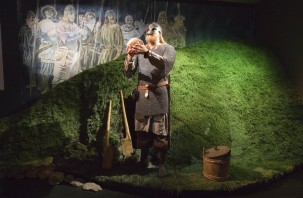History
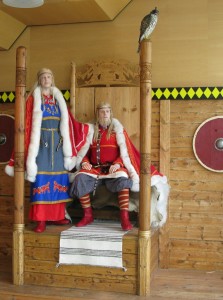
Harald Fairhair and Gyda in Nordvegen History Centre. (Photo Marit Synnøve Vea)
Text: Marit Synnøve Vea
AVALDSNES – A ROYAL SEAT BY THE SAILING ROUTE NORDVEGEN
In the early Bronze Age, ca. 3,500 years ago, Avaldsnes was established as a center of power. The site continued to be a seat of chieftains and kings until medieval times, ca. 1400 AD. These rulers by the narrow strait Karmsundet have given us great burial mounds, high bautas and rich finds.
Common to the rulers at Avaldsnes, was that they had close contact with other people and other countries. This international contact gave them new ideas, cultural impulses, knowledge, allies and great wealth. Archaeological evidence show that Avaldsnes had its peaks as a centre of power when the international contact was at its strongest.
From the 200s until Harald Fairhair (Finehair) placed his royal seat at Avaldsnes approx. 870 AD, Avaldsnes was a seat for sea kings. Harald Fairhair started his career as a sea king, but during his long reign, he extended his realm when he also gained control over the hinterland and became a land king.
Harald Fairhair and his descendants had their royal seat at Avaldsnes for almost 500 years.
The strategic location of the royal seat by the sailing route Karmsundet was the main reason why Avaldsnes remained a centre of power for almost 3000 years. This was the best place to control the shipping traffic along the coast of Norway, and from here they sent their own ships across the sea.
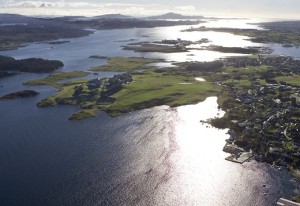
Avaldsnes is strategically located where the strait Karmsundet is at its narrowest, The place is named after the legendary king Augvald, (ON Ogvaldr) – “the ruler of the coast” – who probably lived sometime in the migration period. (Photo Gunnar Strøm)
- All shipping traffic was forced to make its way through the strait Karmsundet because the sea beyond Karmøy is one of the roughest and most difficult stretches of water along the whole southwest coast.
- The strait Karmsundet is narrow and easy to defend, both by the royal manor itself and at Salhus.
- The strong currents at Salhus often forced passing vessels to lay anchor and wait until the tide turned.
- Avaldsnes royal manor lies on high ground and was easy to defend against enemies, while there also were good harbours at the royal estate.
NORWAY – NORDVEGEN – THE WAY TO THE NORTH
Most countries are named after their land areas or after ethnic groups who live in the countries. Norway, however, has been named after the sailing route that runs along the coast. People who sail across the open sea from Lista and along the coast of Jæren, will meet the strait Karmsundet as a protected sea-road at the entrance to the fairway northwards. For those who lived before us, this was Norðrvegr – the North Way – the way to the north.
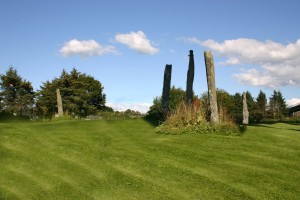
The “Five Foolish Virgins”. A star-shaped stone setting from the Late Roman Period, placed where the Karmsundet is at its narrowest. A similar, but larger, star-shaped stone setting was situated at the royal manor. Such stone-settings are associated with an Yggdrasil cult. These triangular monuments may also have connected Avaldsnes with Thor, the god that protected society from destructive beings. (Photo Ørjan Iversen)
KORMT – THE HOLY WATER
The name Karmøy originates from the Old Norse word Kormt which means shelter. This long and narrow island protects the mainland from the North Sea and forms the fairway Karmsundet.
The ancient poems Grimnismal and Gylfaginning tell that Tor, the God of Thunder wades the strait Karmsund every day, until he reaches Yggdrasil, the tree of life, where the Norse gods meet at their place of justice. Thus; the rainbow bridge Bifrost can burn and the holy water glow.
Kormt and Ormt
and two large rivers;
these shall Thor wade
every day when
he walks to deem
at the Yggdrasil Ash;
Thus the bridge of heaven
can burn; warm is holy water.
(Grímnismál)
Read more:
Avaldsnes – A Sea-Kings’ Manor in First-Millennium Western Scandinavia. Ed Dagfinn Skre, 2017
Norðvegr – Norway: From Sailing Route to Kingdom av Professor Dagfinn Skre
“Vest-Norges Lejre” av Frans-Arne Stylegar
Noregr tyder nok vegen mot nord, likevel. Eldar Heide
Avaldsnes. From lokalhistoriewiki.no
Last update November 2022
Back

